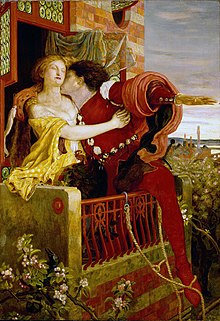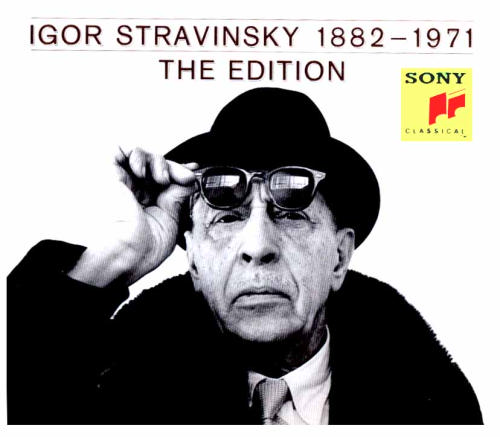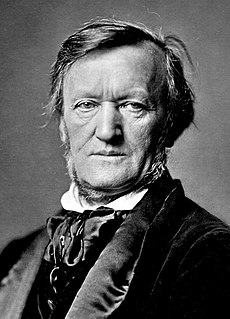 Richard Wagner
Richard Wagner
/ˈvɑːɡnər/ [ˈʁiçaʁt ˈvaːɡnɐ] (1813 – 1883)
Wagner's compositions are notable for their complex texture, rich harmonies and orchestration.
Lohengrin is a romantic opera, whose story is taken from medieval German romance.
The most popular and recognizable part of this opera is the Bridal Chorus, better known as "Here Comes the Bride", often played in wedding processions.
Deeply moved by this fairy-tale opera, young King Ludwig II of Bavaria built his ideal fairy-tale castle, dubbed "Neuschwanstein" ("New Swan Stone"), after the Swan Knight.
= = = = =
Die Meistersinger von Nürnberg / The Mastersingers of Nuremberg
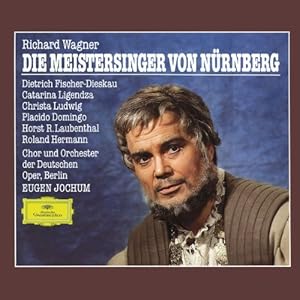 |
| Overture |
It revolves around the real-life guild of Meistersinger (Master Singers), who developed a craftsman-like approach to music-making. One of the main characters is based on an actual historical figure: Hans Sachs (1494–1576), the most famous of the historical Mastersingers.
It is his only opera centered on a historically well-defined time and place rather than a mythical or legendary setting.




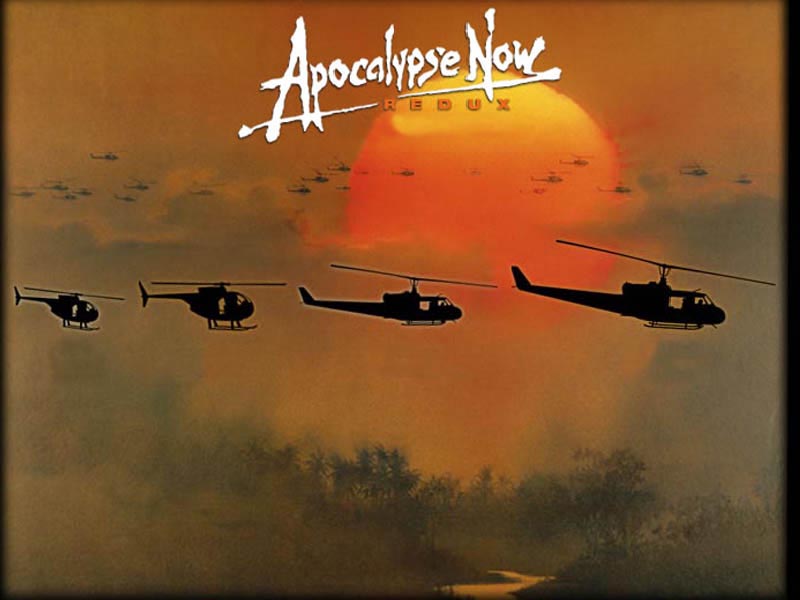
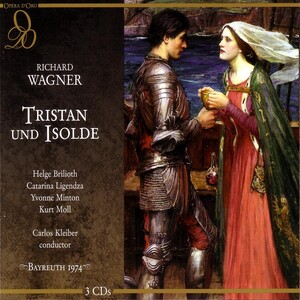
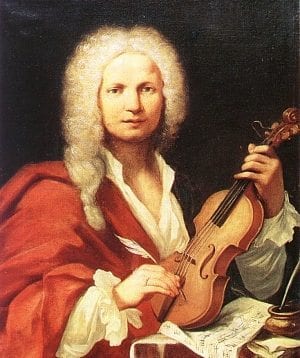


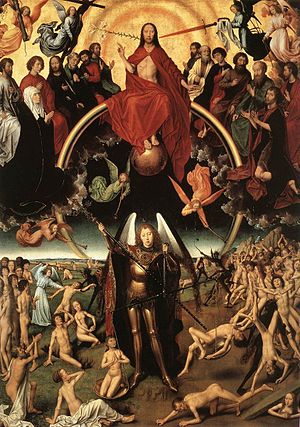

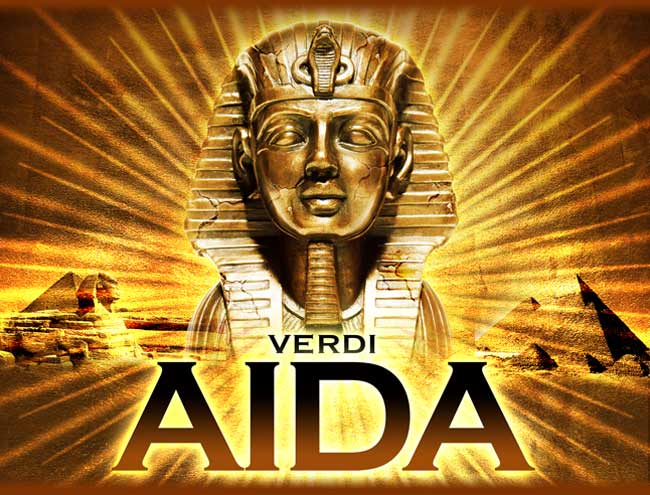






.jpg/220px-Portr%C3%A4t_des_Komponisten_Pjotr_I._Tschaikowski_(1840-1893).jpg)

